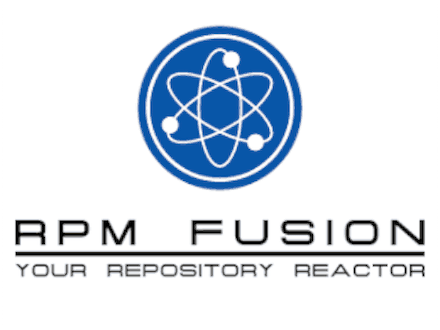
In this tutorial, we will show you how to install RPM Fusion on Fedora 35. For those of you who didn’t know, RPM Fusion is a trusted third-party repository that provides access to a wide range of software packages not included in Fedora’s official repositories. It is a community-maintained project that is not officially affiliated with the Fedora Project but adheres to strict quality standards to ensure the packages it offers are thoroughly tested and maintained to the highest standards.
The RPM Fusion repository is divided into two main sections: the free repository and the non-free repository. The free repository contains open-source software that is not included in Fedora’s official repositories due to various reasons, such as licensing or patent concerns. This repository includes packages like multimedia codecs, video players, and audio/video editing tools.
On the other hand, the non-free repository houses proprietary software, such as multimedia codecs, Nvidia, and AMD graphics drivers, productivity applications like Google Chrome and Zoom, and popular games and gaming tools like Steam and Wine. While these packages may not align with Fedora’s strict free software philosophy, they cater to the needs of users who require specific software for their workflows or personal use.
This article assumes you have at least basic knowledge of Linux, know how to use the shell, and most importantly, you host your site on your own VPS. The installation is quite simple and assumes you are running in the root account, if not you may need to add ‘sudo‘ to the commands to get root privileges. I will show you the step-by-step installation of RPM Fusion on a Fedora 35.
Prerequisites
- A server running one of the following operating systems: Fedora 35 or Fedora 34.
- It’s recommended that you use a fresh OS install to prevent any potential issues
- A
non-root sudo useror access to theroot user. We recommend acting as anon-root sudo user, however, you can harm your system if you’re not careful when acting as the root.
Install RPM Fusion on Fedora 35
Step 1. Before proceeding, update your Fedora operating system to make sure all existing packages are up to date. Use this command to update the server packages:
sudo dnf upgrade sudo dnf update sudo dnf install dnf-plugins-core
Step 2. Installing RPM Fusion on Fedora 35.
Before you proceed, first check whether you have RPM fusion installed. Open up a terminal and run the below command:
sudo dnf repolist | grep rpmfusion
If it is not installed, you may proceed with the next steps, Now we run the following command to enable the RPM Fusion repository for open-source software:
sudo dnf install https://download1.rpmfusion.org/free/fedora/rpmfusion-free-release-$(rpm -E %fedora).noarch.rpm sudo dnf install https://download1.rpmfusion.org/nonfree/fedora/rpmfusion-nonfree-release-$(rpm -E %fedora).noarch.rpm
You will then be asked to verify that you want to install these repos. Once you approve it, the installation will be completed in a few seconds or minutes.
Verify RPM Fusion installation:
sudo dnf repolist | grep rpmfusion
Output:
rpmfusion-free RPM Fusion for Fedora 35 - Free rpmfusion-free-updates RPM Fusion for Fedora 35 - Free - Updates rpmfusion-nonfree RPM Fusion for Fedora 35 - Nonfree rpmfusion-nonfree-updates RPM Fusion for Fedora 35 - Nonfree - Updates
Step 3. Install Packages Using RPM Fusion Repo.
Once successfully installed, For example, run the following command to install VLC player to your Fedora system:
sudo dnf install vlc-devel
Congratulations! You have successfully enabled RPM Fusion. Thanks for using this tutorial for installing RPM Fusion on your Fedora 35 system. For additional help or useful information, we recommend you check the official RPM Fusion website.